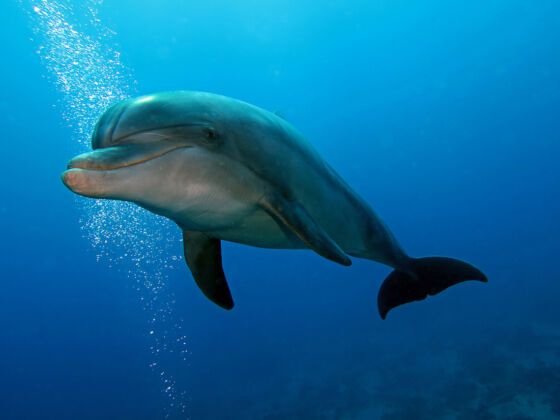According to embarrassing video footage from when I was two, my parents immersed me in the water in Mexico and I proceeded to go ballistic the second a captive dolphin named Roxy came near me. I fled out of the water, crying, terrified, and did not go back in for the rest of the day. I’ve always been a little mad at my mom and dad for not trying to see the dolphin situation through that day, because part of the older me always wished I could have had an up-close experience with a dolphin.
There’s not a single person I know who doesn’t like dolphins. But if you love dolphins as much as I do, you’ll never do a swim-with-dolphins program. Here’s a few reasons of how your understandable desire to be with them is actually hurting them:
